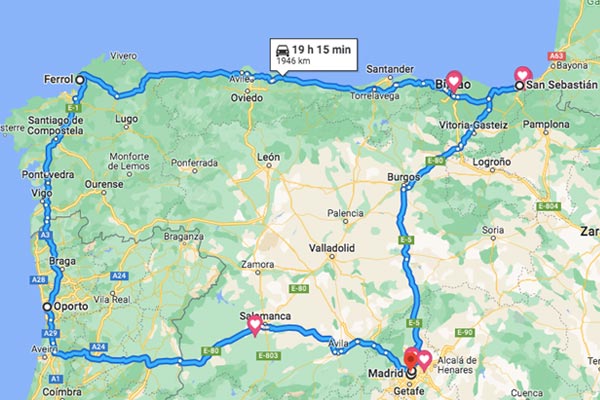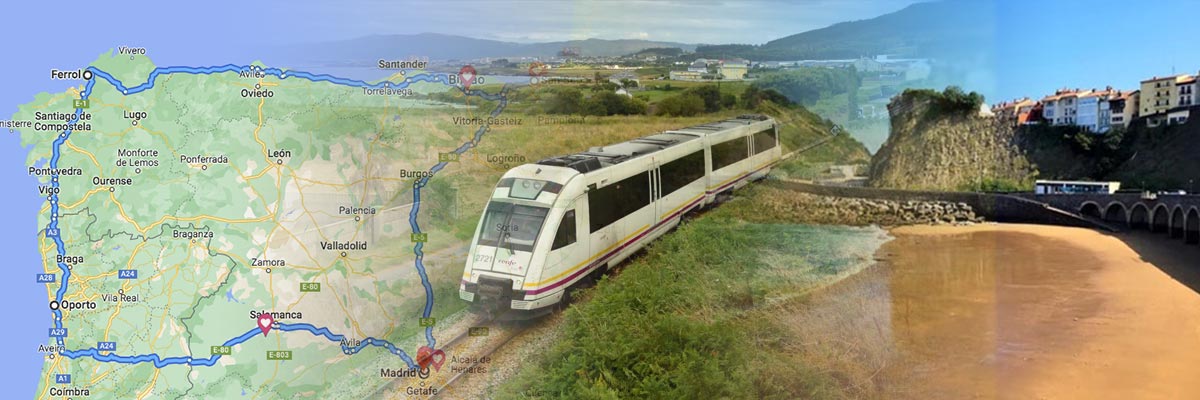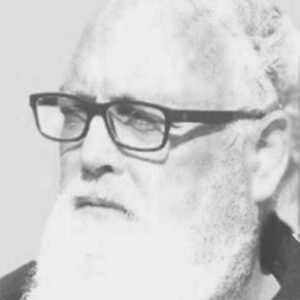A few days ago an Australian friend asked me if I could design a route through Spain for her for approximately one month. I gave her several alternatives: a route through north, one through Andalusia, another island-hopping in the Canary Islands, and the fourth, a trip through Catalonia. In the end, Victoria and her family chose the itinerary along the Costa Verde, through Porto and onto Salamanca. This article, with very few exceptions, does not include suggestions for restaurants or accommodation, but you can of course contact me if you want me to give you any recommendations. I hope you find it interesting!
Route: Madrid, Basque Country, Cantabria, Asturias, Galicia, Porto, Salamanca, Madrid.
Mode of travel:
If you arrive in Madrid by plane, I recommend you rent a car to do the hop to San Sebastián which is almost 500 km away. You can also rent a motorhome as you’ll save a lot of money and there are wonderful places to overnight at which are easy to get to.
Trains:
You might be interested to know that two of Europe’s most beautiful train routes are in this area: the one from Santander to Ferrol (the total duration is 13 hours) and in Portugal the one from Paso de Regua to Pocinho (1.5 hours one way and the same for the return). This does mean that you have to negotiate dropping your rental car off in Santander and renting one again in Ferrol. Skip the Transcantábrico, a luxury train, and save a lot of money by travelling on the regular one, taking it easy and, getting off somewhere on the coast e.g. in Cudillero or in Luarca, staying a few days there and then boarding the train again. The coastal route affords fascinating views. Don’t forget to grab a seat on the right! On the regular trains you’ll meet real local people rather than tourists. This is a good chance to start a conversation and to get some advice.
And in Porto, the advice is as before. Avoid the river cruise option and head instead for Porto’s beautiful tiled railway station to board the local service armed with a sandwich and something to drink. . another wonderful train trip awaits you. This one meanders along the lovely Douro valley, and the section from Paso de Regua to Pocinho is especially scenic. I don’t think there are many more beautiful routes in Europe. More about that later.
The Journey:
So much for the train journeys, but now let’s rewind to the starting point: if you are traveling by car from Madrid to San Sebastián and you want to make a stop, you can visit the cathedral in Burgos or the Atapuerca sites. Amanda has written about San Sebastián in our blog and I have written about Guetaria.
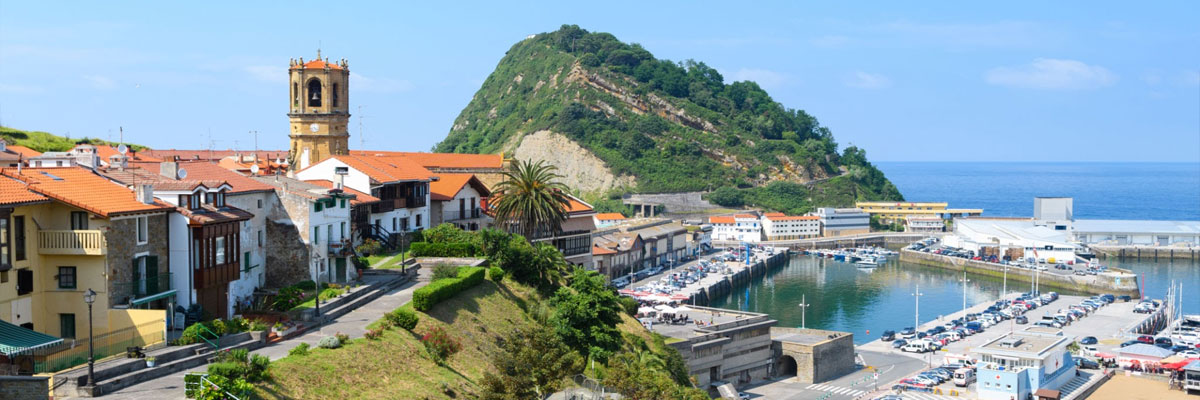
My five favourite villages in Spain – Guetaria
2. Guetaria (Province of Guipúzcoa) In the 1980s I used to go to the Zarautz campsite (I remember that in the summer of 1983 there
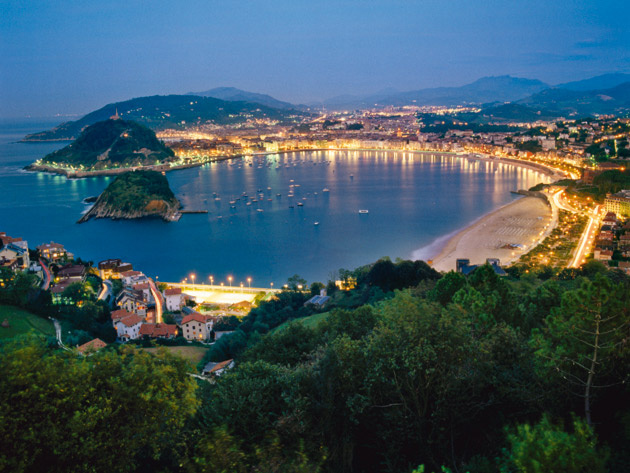
San Sebastián
If there’s one place that puts a smile on my face it’s San Sebastian in the Basque Country. I think this is because I am
Enjoy La Concha (don’t forget to enjoy La Perla – a thalassotherapy center with sauna, Turkish bath, indoor pool and with direct access to La Concha – the bravest take a dip in the sea any month of the year). Climb the Igueldo for fantastic views. Enjoy tapas or pinchos in the old town and eat at one of the city’s emblematic restaurants (it doesn’t have to have Michelin stars).
From San Sebastián choose the coastal route. Don’t travel on the motorway because apart from missing out on the most attractive places in this area, this happens to be one of the most expensive sections of Spain. Go to Orio (a good place to have a cider), then continue to Zarautz (enjoy a dip in the sea if the temperature permits or otherwise take a walk along its lovely beach, the longest on the on the Basque Coast), and then go to Guetaria, a fishing port and culinary paradise (Elcano restaurant is among the 20 best restaurants in the world, but there are other more affordable options like Mayflower where you can eat fish grilled over hot coals on the street). From there to Deva, Motrico, Ondárroa, Lequeitio (highly recommended) and then down to Guernica, a town that may sound familiar to you because of the name that Picasso gave his eponymous painting. Stay the night in Mundaka (a lovely village and surfer’s paradise) or in Bermeo. Before getting to Bilbao, visit San Juan de Gaztelugatxe, an islet, famous for being one of the settings of Game of Thrones.
What can be said about Bilbao? It has certainly undergone radical change from a highly polluted city to an example of environmental regeneration. Its flagship is the Guggenheim Museum, an avant-garde work of art, created by the famous architect Frank Gehry. I’m a football fan so I would recommend a visit to San Mamés, surely one of the most beautiful football stadiums in the world and with an incredible atmosphere.
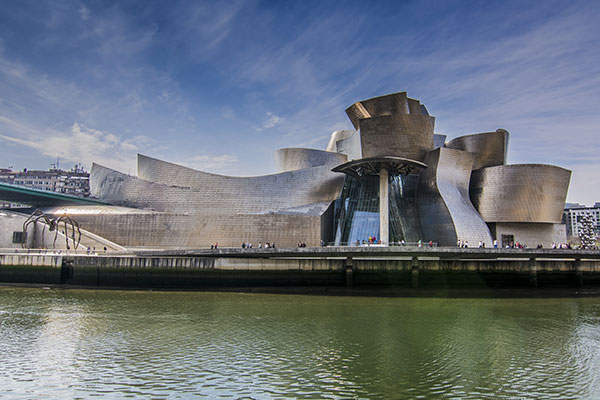
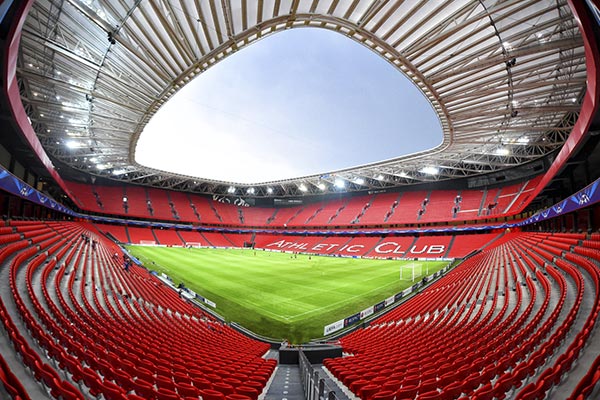
From Bilbao take the highway to Santander (it will take a little over an hour). Take a walk along the Sardinero, the famous Santander beach. If you travel with children I recommend visiting Cabárceno. It is a giant park of more than 750 hectares where more than 120 species live in semi-freedom and in immense enclosures.
If you want to enjoy a day at the beach, don’t miss Arnía Beach and Urros de Liencres.
I also recommend an excursion to Santillana del Mar, the town of the three lies because it is not holy, nor is it flat and has no sea. And since you are in the area you can visit the Altamira cave. But beware, only 5 people a week can visit the original cave (tickets are raffled) so you will probably have to settle for the Neocave. These measures were taken due to the enormous deterioration suffered by the original cave due to the avalanche of visitors.
Whether you travel by train or by car, you can make a stop and stay one night in Cudillero (surely one of the most beautiful towns in Spain) or in Luarca. After having passed Ribadeo, go to Playa de las Catedrales. You’ll love it.
If you want to get away from the coastal route, you have the mythical Ruta de los Cares, the Lakes of Covadonga, the cable car in Fuente Dé in the Picos de Europa and the town of Potes.
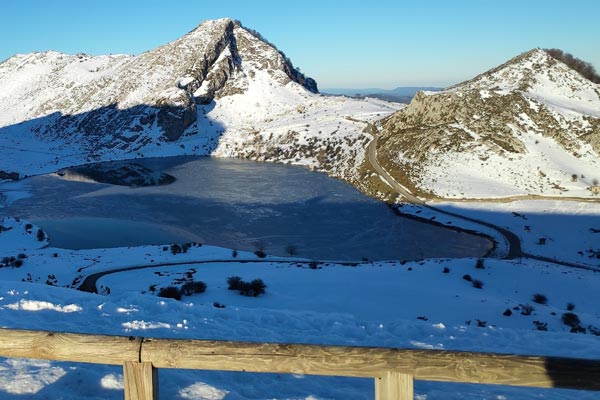
In Ferrol, the journey ends on the narrow-gauge train. I would rent a car again and go to La Coruña. It is known for its Roman lighthouse, the Tower of Hercules, which offers sweeping views of the coastline. In the medieval old town, is the porticoed square of María Pita, surrounded by narrow pedestrian lanes. I love the galleries which lend La Coruña it’s nickname: City of Glass.
From there you have a very nice route called Costa de la Muerte (be prepared for rain and strong gusts of wind) but don’t be discouraged by the name. You continue along the coastal route, via Lira and Muros to Santiago de Compostela. This is the target destination of any pilgrim doing the Camino de Santiago. The City of Culture is a singular architectural complex which is surprisingly untouristy. And then you have the Cathedral with the Botafumeiro (“smoke spout” and the Plaza del Obradoiro. Take in the smiley, satisfied faces of the pilgrims who have finally arrived at the end of their Camino after days, weeks or even months.
If you feel like getting out on the sea, I recommend a visit to the stunning Cies Islands ( It is important to book the boat several weeks in advance as they limit the number of people who can visit in one day. The area of Cambados (a beautiful town), El Grove and Sanxenxo is also very scenic.
As far as gastronomy is concerned, treat yourself to a seafood and fish feast, washed down with a local white, an Albariño or a good ribeiro and as a digestif, a real pomace brandy. Have lunch or dinner in one of the innumerable “furanchos”, a very interesting gastronomic concept and, above all, very cheap.
From here to Porto.
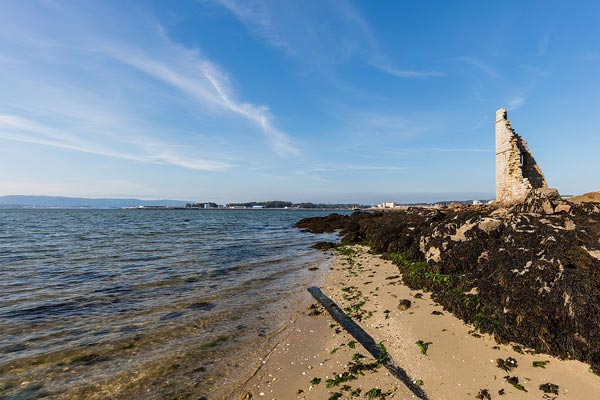
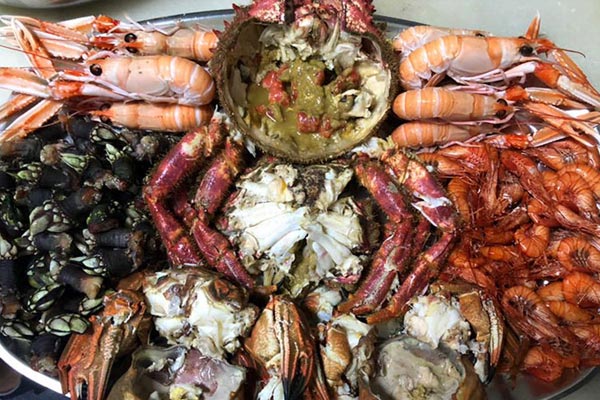
n Portugal the saying goes that Braga prays, Porto works, Coimbra studies and Lisbon has fun. But in Porto you certainly won’t get bored, I recommend visiting one of the wine cellars whose name is like that of the city, taste a good cod dish, take a walk through the cobbled streets, cross the Dom Luis I Bridge and a visit to Porto’s cathedral.
And why not take in a Fado performance? These are Portuguese popular songs with a melancholic character.
During your stay in the North of Portugal the enormous English influence will be patent. And you will also notice that Galician and Portuguese are two very similar languages. Everyone here speaks more than one language (not just young people and not just English).
We’ve talked about the train journey from Porto earlier. If you are continuing to Salamanca, drive to Peso de Regua and leave your car there to board the train to Pocinho. A three-hour fascinating round trip awaits. The vineyards, the Duero River, the tunnels, the bridges, an incomparable landscape. You will not regret. When you return to Peso de Regua take the A24 and then the A25, cross the border at Villar Formoso and after a journey of about three hours you’ll arrive in Salamanca.
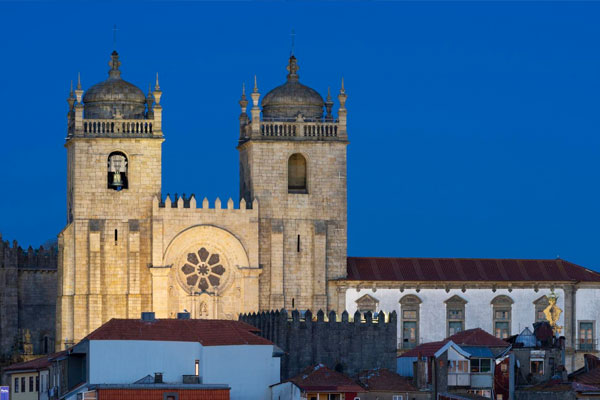
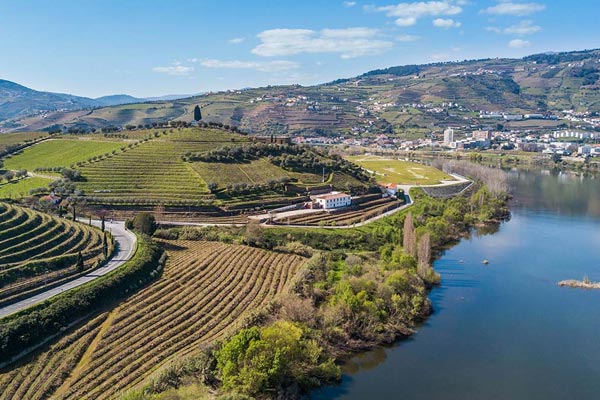
In Salamanca I recommend you visit the University, one of the oldest in Europe, the two Cathedrals, take a walk around the Plaza Mayor, cross the Roman Bridge and visit the San Esteban Convent. The last one for me is the most special monument in Salamanca. A site full of history since the Dominicans from this convent finally supported Christopher Columbus on his voyage to the Indies.
From Salamanca you can visit the Sierra de Francia (La Alberca and Mogarraz are the two best-known towns in this area), Las Hurdes, Alba de Tormes and the Santa Teresa Reservoir. In the blog I have written about the towns of Mogarraz and Riomalo de Arriba.
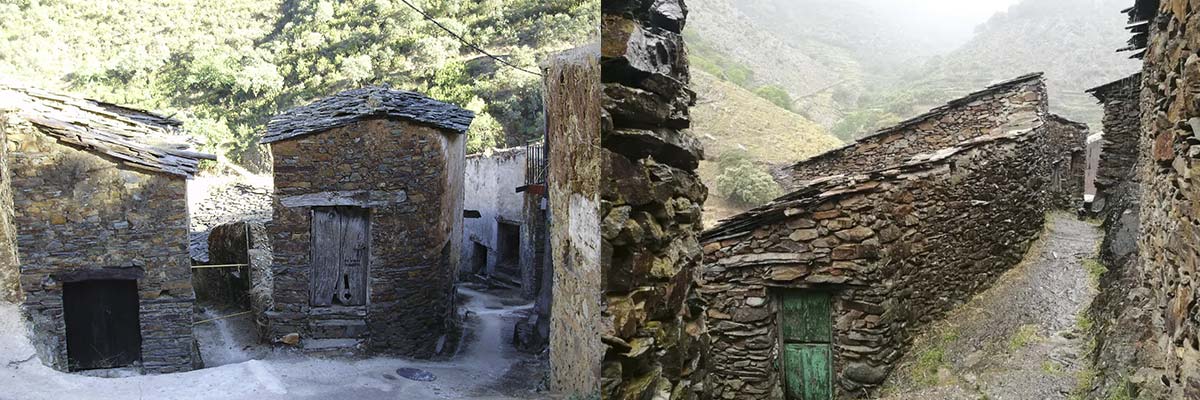
My five favourite villages in Spain – Riomalo de Arriba
The fourth place on this list of my favorite villages is located in Las Hurdes, a region in the northwest of the province of Cáceres,
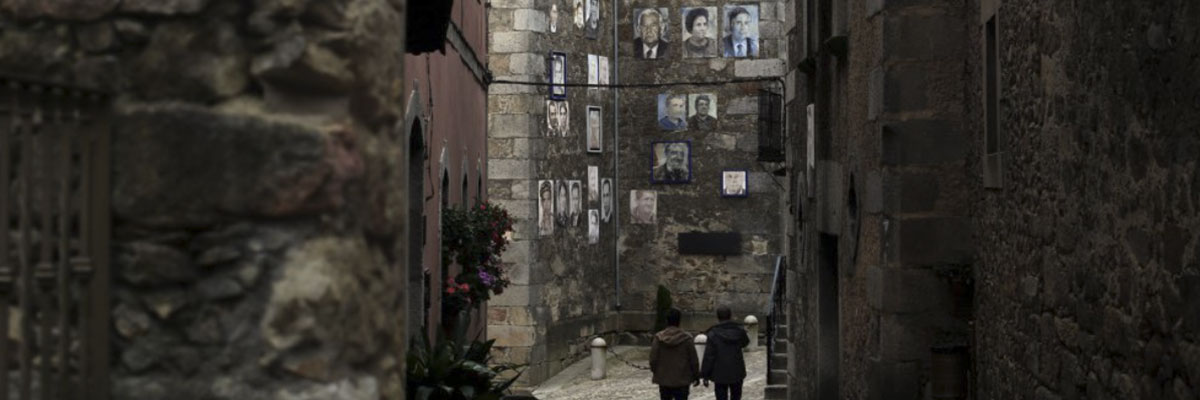
My five favourite villages in Spain – Mogarraz
In each blog post I will describe one of these five: Mogarraz (Salamanca) Guetaria (Guipúzcoa) Zahara de la Sierra (Cádiz) Cadaqués (Girona) Riomalo de Arriba
From Salamanca take the highway via Ávila to see the Walls and from there make a detour to Segovia to see the Aqueduct, the Cathedral and the Alcázar. A very short distance from Segovia is the Royal Palace of La Granja de San Ildefonso which is well worth a visit.
Then it’s another hour or so from Segovia to Madrid, where our trips ends.
| Español | Inglés |
|---|---|
| acantilado | cliff |
| ciudad | city | town |
| costa | coast |
| excursión | excursion |
| guía | guide | guidebook |
| isla | island |
| mar | sea |
| montaña | mountain |
| norte de España | Northern Spain |
| ola | wave |
| paisaje | countryside |
| parque natural | National Park |
| playa | beach |
| pueblo | village |
| puerto pesquero | fishing port |
| roca | rock |
| ruta | itinerario | route |
| senderismo | hiking |
| tren | train |
| viaje | journey | trip |
